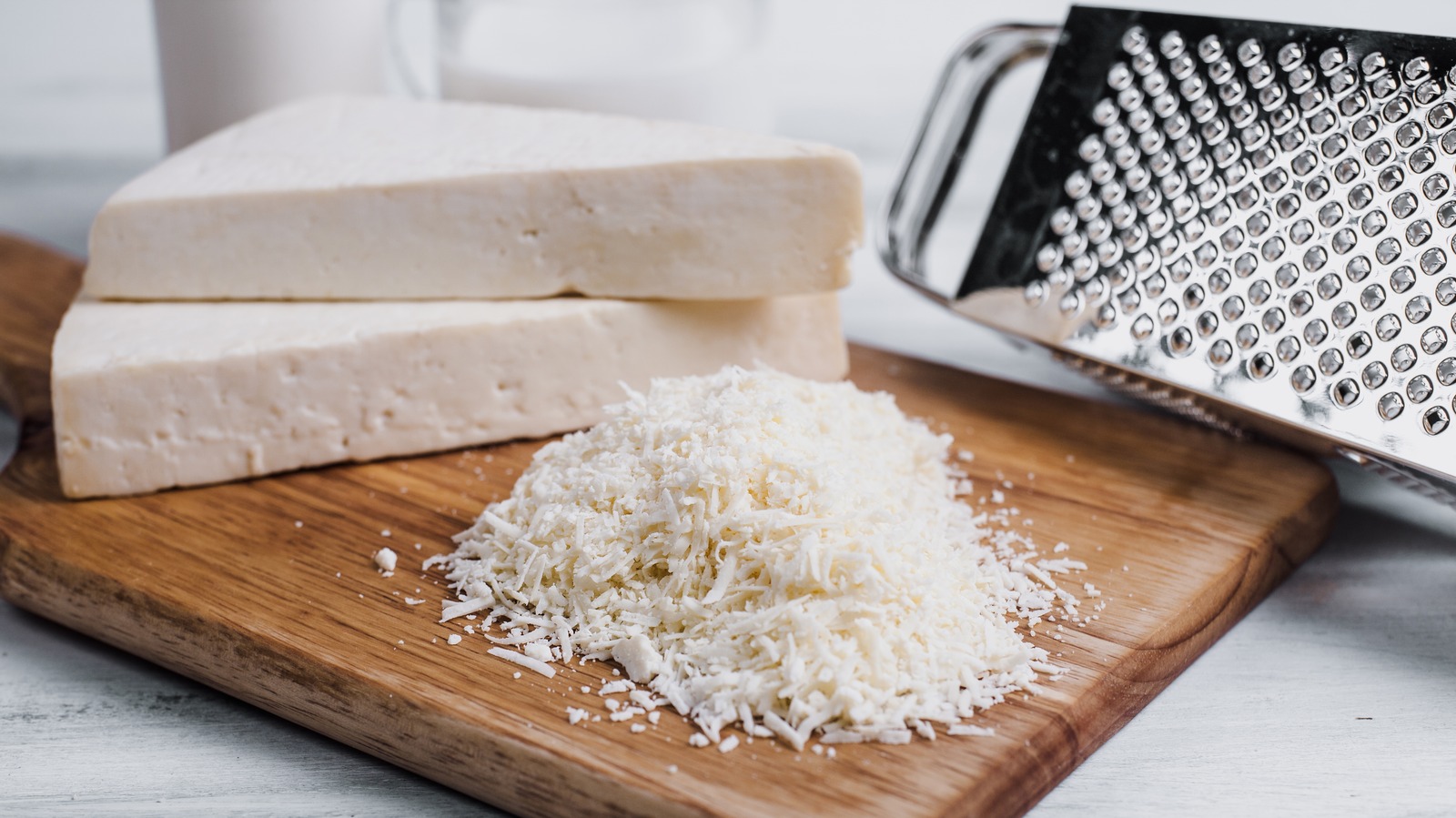

Articles
How To Store Cotija Cheese
Modified: February 23, 2024
Learn how to properly store cotija cheese and keep it fresh for longer. Read our informative articles on the best methods for storing cotija cheese.
(Many of the links in this article redirect to a specific reviewed product. Your purchase of these products through affiliate links helps to generate commission for Storables.com, at no extra cost. Learn more)
Introduction
Cotija cheese is a delicious and popular Mexican cheese known for its crumbly texture and salty flavor. Whether you’ve just purchased a block of fresh cotija cheese or have leftover crumbles from your last fiesta, you’ll want to store it properly to maintain its freshness and taste. In this article, we will guide you on how to store cotija cheese effectively, ensuring its longevity and optimal flavor.
Understanding cotija cheese is essential for storing it correctly. This cheese is traditionally made from cow’s milk and has a unique taste that adds a tangy and salty kick to various dishes. Cotija cheese comes in two different types: “fresco” and “añejo.” Fresco cotija is young and mild, while añejo cotija is aged and has a more robust, salty flavor. The storage methods for both types are similar, but in some cases, the aging process may affect the texture and moisture content of the cheese, requiring specific care.
To maintain the quality and flavor of your cotija cheese, it’s crucial to store it properly. Improper storage can result in spoilage, loss of flavor, and texture changes. In the following sections, we will discuss various methods you can use to keep your cotija cheese fresh and delicious, whether you have a block or crumbled pieces.
Key Takeaways:
- Preserve the Flavor: Store cotija cheese in airtight containers, vacuum-sealed bags, or wrapped in wax paper to maintain its unique taste and texture. Refrigerate or freeze for extended freshness.
- Cheese Longevity: Extend the shelf life of cotija cheese by following proper storage methods and handling techniques. From vacuum sealing to refrigeration, preserve its flavor and quality.
Read more: How To Store Cheese Sauce
Understanding Cotija Cheese
Cotija cheese, named after the town of Cotija in Michoacán, Mexico, is a staple in Mexican cuisine. It is a hard, crumbly cheese with a strong and salty flavor. Made from cow’s milk, cotija cheese is known for its ability to enhance the taste of dishes like tacos, enchiladas, and salads.
There are two types of cotija cheese: fresco and añejo. Fresco cotija is the younger version, which is aged for only a few weeks. It has a softer texture and a mild, more subtle flavor. Fresco cotija is often used as a topping for salads and soups, as it can be crumbled easily.
Añejo cotija, on the other hand, is aged for several months, sometimes up to a year. This aging process results in a harder and drier cheese with a much stronger and saltier taste. Añejo cotija is typically grated rather than crumbled and is commonly used as a finishing touch for dishes like street corn or traditional Mexican fare.
When selecting cotija cheese, it’s essential to consider the type of dish you plan to make. If you’re looking for a milder, creamier cheese, fresco cotija is a great choice. If you’re aiming for a bolder, saltier flavor, añejo cotija is the way to go.
Understanding the characteristics and nuances of cotija cheese will help you better appreciate its unique flavor profile and make informed decisions when storing and using it in your culinary endeavors.
Storing Cotija Cheese Properly
Proper storage is crucial for maintaining the quality and flavor of your cotija cheese. Whether you have a block of cotija cheese or crumbled pieces, consider the following methods to keep it fresh and delicious:
a. Vacuum Sealing Cotija Cheese: Vacuum sealing is an excellent option for preserving cotija cheese for an extended period. It eliminates air exposure and helps prevent moisture loss, which can lead to dryness and flavor deterioration. To vacuum seal cotija cheese, cut it into manageable portions, wrap each piece tightly in plastic wrap, and place them in a vacuum-sealed bag. Extract the air using a vacuum sealer and ensure a tight seal. Store the vacuum-sealed cotija cheese in the refrigerator or freezer for optimal freshness.
b. Using Wax Paper to Store Cotija Cheese: If you prefer a more straightforward method, using wax paper is a viable option. Cut the cotija cheese as needed, and wrap each piece tightly in wax paper. Ensure that the entire surface of the cheese is covered to prevent exposure to air. You can secure the ends of the wax paper with tape or twist ties. Stored in an airtight container, cotija cheese wrapped in wax paper can be refrigerated for a few weeks.
c. Keeping Cotija Cheese in an Airtight Container: Another effective way to store cotija cheese is by placing it in an airtight container. This method helps protect the cheese from air exposure and prevents other odors from seeping in. Cut the cotija cheese into manageable portions and place them in a clean, airtight container. Make sure to seal the container tightly and store it in the refrigerator. Airtight containers keep the cheese fresh and help maintain its texture and moisture.
d. Refrigerating Cotija Cheese: Storing cotija cheese in the refrigerator is the most common and convenient method. Ensure that the cheese is properly wrapped or sealed to prevent drying and absorbing other flavors. If you have a block of cotija cheese, wrap it tightly in plastic wrap or place it in a resealable plastic bag. For crumbled cotija cheese, transfer it to an airtight container or wrap it with plastic wrap. When stored correctly, cotija cheese can last for a few weeks in the refrigerator.
e. Freezing Cotija Cheese: If you have a large amount of cotija cheese and want to extend its shelf life, freezing is an excellent option. Cut the cheese into smaller portions and wrap each piece tightly in plastic wrap. Place the wrapped pieces in a freezer-safe bag and remove as much air as possible before sealing. Frozen cotija cheese can last for several months, but it may become crumbly upon thawing. Therefore, it is recommended to use thawed cotija cheese in cooked dishes rather than for direct consumption.
By following these storage methods, you can keep your cotija cheese fresh and flavorful for an extended period. Whether you choose to vacuum seal it, use wax paper, store it in an airtight container, refrigerate it, or freeze it, selecting the most suitable method will depend on your personal preference and the quantity of cotija cheese you have.
Vacuum Sealing Cotija Cheese
One effective method for storing cotija cheese and preserving its freshness is vacuum sealing. Vacuum sealing removes air from the packaging, creating a seal that helps prevent moisture loss and protects the cheese from oxidation and spoilage.
Here’s a step-by-step guide on how to vacuum seal cotija cheese:
Step 1: Cut the Cheese: Start by cutting the cotija cheese into manageable portions that you plan to use at once or in the near future. This will help minimize the exposure of the remaining cheese to air once the vacuum-sealed package is opened.
Step 2: Wrap in Plastic Wrap: Take each portion of cotija cheese and wrap it tightly in plastic wrap. Ensure that the entire surface of the cheese is covered, leaving no gaps or openings.
Step 3: Prepare the Vacuum-Sealed Bag: Place the individually wrapped portions of cotija cheese into a vacuum-sealed bag. It’s important to choose a bag that is suitable for use with a vacuum sealer. Avoid using regular storage bags, as they may not provide the necessary airtight seal.
Step 4: Vacuum Seal: Place the vacuum-sealed bag containing the cotija cheese into the vacuum sealer. Follow the instructions provided with your specific vacuum sealer model to ensure proper usage. Make sure the bag is positioned correctly before activating the vacuum sealing process.
Step 5: Store in the Refrigerator or Freezer: Once the vacuum sealing process is complete, you can store the cotija cheese in either the refrigerator or the freezer. If you plan to use the cheese within a few weeks, refrigeration should suffice. If you want to extend the shelf life further, consider storing it in the freezer.
Vacuum-sealed cotija cheese can retain its freshness and flavor for a longer period compared to other storage methods. The vacuum-sealed packaging helps protect the cheese from exposure to air and prevents moisture loss, ensuring that the cheese retains its original texture and taste.
When you’re ready to use the vacuum-sealed cotija cheese, remove it from the refrigerator or freezer and allow it to thaw in the refrigerator before unwrapping. This gradual thawing process will help preserve the cheese’s texture and prevent any drastic changes in flavor.
By vacuum sealing your cotija cheese, you can enjoy its delicious flavors for an extended period and reduce the risk of waste and spoilage. It is a convenient and efficient method for preserving the quality of cotija cheese and enhancing your culinary experiences.
Using Wax Paper to Store Cotija Cheese
Another effective method for storing cotija cheese is by using wax paper. This simple yet practical approach helps protect the cheese from air exposure and prevents it from drying out, keeping it fresh for longer periods.
Follow these steps to store cotija cheese using wax paper:
Step 1: Cut the Cheese: Begin by cutting the cotija cheese into portions that suit your usage needs. Aim to create manageable pieces that can be easily wrapped and stored.
Step 2: Wrap with Wax Paper: Take a sheet of wax paper and place a portion of cotija cheese in the center. Fold the wax paper over the cheese, enclosing it completely. Make sure the wax paper covers the entire surface of the cheese to provide a protective barrier against air.
Step 3: Secure the Ends: Once the cheese is wrapped in wax paper, secure the ends by folding them tightly. You can use tape or twist ties to keep the wax paper in place and prevent it from unraveling.
Step 4: Store in an Airtight Container: After wrapping all the portions of cotija cheese, transfer them to an airtight container. An airtight container provides an additional layer of protection against moisture and other contaminants, helping to maintain the quality of the cheese.
Storing cotija cheese with wax paper helps maintain its moisture content and preserve its unique flavor. The wax paper acts as a breathable barrier, preventing the cheese from drying out while still allowing minimal air circulation to keep the cheese fresh.
It’s important to note that while wax paper provides a good level of protection and storage conditions, it is not as airtight as other methods like vacuum sealing. Therefore, it’s recommended to consume the cotija cheese within a few weeks when stored using this method.
Remember to label the container with the date of storage, as it can be easy to forget when the cheese was stored. Positioned correctly in the refrigerator, cotija cheese stored with wax paper can maintain its texture and flavor, ready to be used in your favorite Mexican dishes.
Before using cotija cheese that has been stored with wax paper, inspect each portion for any signs of spoilage, such as mold or an off-putting odor. If the cheese appears to have changed in texture or smell, it is best to discard it to avoid any potential health issues.
By employing the wax paper method, you can store cotija cheese conveniently and efficiently, ensuring its freshness and taste with minimal effort.
Store Cotija cheese in the refrigerator in an airtight container or wrapped tightly in plastic wrap to prevent it from drying out. It can last for several weeks when stored properly.
Read more: How To Store Smoked Cheese
Keeping Cotija Cheese in an Airtight Container
Storing cotija cheese in an airtight container is a practical and efficient way to maintain its freshness and prevent it from absorbing unwanted odors from other foods in the refrigerator. This method is simple and suitable for both block and crumbled cotija cheese.
Follow these steps to keep cotija cheese in an airtight container:
Step 1: Cut the Cheese: Start by cutting the cotija cheese into portions that are convenient for your usage. This can be large chunks or smaller pieces, depending on how you plan to use the cheese.
Step 2: Select an Airtight Container: Choose a clean, food-grade, airtight container that is large enough to accommodate the desired amount of cotija cheese. Glass or BPA-free plastic containers with secure sealing lids are excellent options. Ensure that the container is completely dry before placing the cheese inside.
Step 3: Wrap or Pack the Cheese: For block cotija cheese, wrap each portion tightly in plastic wrap or parchment paper before placing it in the airtight container. This added layer of protection helps prevent the cheese from drying out or picking up any off-flavors. For crumbled cotija cheese, transfer it directly into the airtight container and gently press it down to remove any air pockets.
Step 4: Seal the Container: Once the cheese is inside the container, seal it tightly to create an airtight environment. Pay attention to any gaps or areas where air could potentially enter. This step is crucial in preserving the freshness and flavor of the cotija cheese.
Step 5: Store in the Refrigerator: Place the sealed airtight container with cotija cheese in the refrigerator. Position it away from strong-smelling foods to avoid cross-contamination and maintain the purity of the cheese’s flavor. Ideally, store the container on a shelf rather than in the door, as the door is often subjected to temperature fluctuations.
Storing cotija cheese in an airtight container prevents air from reaching the cheese, helping to retain its moisture content and protecting it from potential spoilage. By creating a controlled environment, the cheese can maintain its desired texture and taste for an extended period.
When you’re ready to use the cotija cheese, remove it from the refrigerator and carefully wrap or pack up any remaining portions before returning them to the airtight container. This ensures that the unused cheese remains fresh and protected until the next use.
Remember to check the cotija cheese periodically for any signs of spoilage, such as mold growth or an unpleasant odor. If you notice any indications of spoilage or the texture and taste have significantly changed, it’s best to discard the cheese to avoid any risk to your health.
By storing cotija cheese in an airtight container, you can prolong its shelf life and continue to enjoy its distinct flavor in your favorite Mexican dishes.
Refrigerating Cotija Cheese
Refrigeration is the most common and convenient method for storing cotija cheese. When refrigerated properly, cotija cheese can maintain its freshness and flavor for an extended period of time.
Follow these guidelines for refrigerating cotija cheese:
Step 1: Wrap the Cheese: If you have a block of cotija cheese, wrap it tightly in plastic wrap or aluminum foil to prevent air exposure. Make sure the entire surface of the cheese is covered to retain its moisture and flavor. For crumbled cotija cheese, transfer it to an airtight container or place it in a resealable plastic bag.
Step 2: Label and Date: It’s a good practice to label the wrapped cotija cheese with the date of storage. This will help you keep track of its freshness and ensure you use it within the recommended time frame.
Step 3: Store in the Refrigerator: Place the wrapped or containerized cotija cheese in the refrigerator. It’s best to store it on a shelf rather than in the refrigerator door, as shelves tend to provide more consistent temperatures. Keep the cotija cheese away from strong-smelling foods to prevent any flavor transfer.
Refrigeration slows down the spoilage process and helps preserve the freshness of cotija cheese. When stored correctly in the refrigerator, block cotija cheese can last for a few weeks, while crumbled cotija cheese can remain fresh for up to 10 days.
It’s important to note that cotija cheese may dry out over time in the refrigerator. If you find that the cheese is becoming dry or losing its original texture, consider wrapping it in wax paper or using an airtight container to maintain moisture.
When retrieving cotija cheese from the refrigerator, allow it to come to room temperature before using it for optimal flavor and texture. This will also prevent the cheese from crumbing excessively and facilitate even distribution when sprinkling it over dishes.
Regularly inspect the cotija cheese for any signs of spoilage, such as mold growth, a substantial change in texture, or an unpleasant odor. If you notice any of these indications, it is best to discard the cheese to avoid any potential health risks.
By refrigerating cotija cheese properly, you can enjoy its distinct taste and texture for an extended period, ensuring that it remains a delightful addition to your favorite Mexican dishes.
Freezing Cotija Cheese
Freezing cotija cheese is an excellent option when you have an abundance of cheese or want to extend its shelf life beyond what refrigeration allows. While freezing can slightly alter the texture of cotija cheese, it is a practical method to prevent spoilage and preserve its flavor.
Follow these steps to freeze cotija cheese:
Step 1: Cut Into Portions: Begin by cutting the cotija cheese into manageable portions. This will make it easier to thaw and use as needed, without needing to defrost the entire block or package at once.
Step 2: Wrap or Package: Individually wrap each portion of cotija cheese tightly in plastic wrap or aluminum foil. This helps prevent freezer burn and maintains the quality of the cheese during freezing.
Step 3: Label and Date: Clearly label each wrapped portion of cotija cheese with the date of freezing. This will help you keep track of its storage time and ensure it is used within a reasonable period.
Step 4: Place in Freezer-Safe Bag or Container: Transfer the wrapped cotija cheese portions into a freezer-safe bag or airtight container. Squeeze out any excess air and ensure a tight seal to prevent moisture loss. This will help maintain the cheese’s moisture content and protect it from freezer burn.
Step 5: Freeze: Place the cotija cheese in the freezer. Make sure the temperature remains consistently below freezing for optimal preservation. Frozen cotija cheese can last for several months, but it may become crumbly upon thawing.
Thawing frozen cotija cheese properly is vital to preserve its texture and taste. To thaw, transfer the desired portion from the freezer to the refrigerator and let it thaw slowly overnight. This gradual thawing helps retain the moisture in the cheese and prevents it from becoming overly dry.
Note that after freezing, the texture of cotija cheese may change slightly. It can become crumbly or slightly drier, altering its original texture. If you plan to use the thawed cotija cheese in cooked dishes like casseroles, quesadillas, or pasta, the texture change may not be noticeable or affect the final result. However, it may not be ideal for direct consumption or crumbling over dishes like fresh salads.
Remember to always check the defrosted cotija cheese for any signs of spoilage, such as mold growth or a significant change in texture or smell. If you observe any indications of spoilage, it is best to discard the cheese to avoid any potential health risks.
Freezing cotija cheese allows you to enjoy its unique flavor and versatility for an extended period, ensuring that you have this delicious ingredient on hand whenever you need it for your favorite Mexican-inspired dishes.
Tips for Extending the Shelf Life of Cotija Cheese
To maximize the shelf life of your cotija cheese and ensure it stays fresh and flavorful, here are some helpful tips:
1. Purchase Fresh Cheese: When buying cotija cheese, opt for the freshest available. Check the expiration date and select cheese with a longer shelf life to ensure it lasts longer once you bring it home.
2. Handle with Clean Hands: When handling cotija cheese, make sure your hands are clean and free from strong odors that can transfer to the cheese. This helps maintain the cheese’s flavor and prevents contamination.
3. Store in the Coolest Part of the Fridge: Place cotija cheese in the coolest part of your refrigerator, usually the bottom shelf or the back. This helps maintain a consistent and cooler temperature, reducing the risk of spoilage.
4. Keep Cheese Separate: Store cotija cheese separately from other foods with strong odors. Cheese easily absorbs flavors, so keeping it away from pungent foods like onions, garlic, or strong spices helps maintain its unique taste.
5. Avoid Excessive Handling: Minimize the amount of time cotija cheese is exposed to the air by handling it minimally. Continual exposure to air can lead to quality deterioration and faster spoilage.
6. Re-wrap After Use: Once you’ve used a portion of cotija cheese, re-wrap it tightly in plastic wrap, wax paper, or return it to an airtight container. This helps maintain its freshness and prevents moisture loss.
7. Use Clean Utensils: When cutting or serving cotija cheese, make sure to use clean utensils to avoid cross-contamination. Dirty utensils can introduce bacteria and cause spoilage.
8. Check for Signs of Spoilage: Regularly inspect cotija cheese for any signs of mold, an off-smell, or significant texture changes. If you notice any indications of spoilage, discard the affected portion to prevent contamination of the rest of the cheese.
9. Store in Small Portions: If you don’t plan to use a large amount of cotija cheese at once, consider cutting it into smaller portions before storage. This allows you to thaw only the necessary amount, minimizing waste and preventing repeated thawing and refreezing.
10. Don’t Freeze Repeatedly: Avoid repeatedly freezing and thawing cotija cheese, as this can affect its texture and quality. Instead, try to portion the cheese appropriately before freezing to avoid excessive thawing and refreezing.
By following these tips, you can extend the shelf life of your cotija cheese and enjoy its flavors for a longer period. Practicing good storage habits and proper handling will help you savor the delicious taste of cotija cheese in your favorite Mexican recipes for as long as possible.
Read more: How To Store Mozzarella Cheese
Conclusion
Cotija cheese is a flavorful and versatile ingredient that adds a delightful kick to various Mexican dishes. To enjoy its unique taste and maintain its freshness, proper storage is essential. Whether you have a block of cotija cheese or crumbled pieces, following the right methods will help extend its shelf life and preserve its flavor.
Understanding the different types of cotija cheese, such as fresco and añejo, allows you to choose the ideal cheese for your desired flavor profile. From there, you have various storage options to consider.
Vacuum sealing cotija cheese is an excellent choice to eliminate air exposure and prevent moisture loss. This method helps maintain the cheese’s texture and taste, especially for long-term storage.
Using wax paper offers a simple and practical way to store cotija cheese. It provides a breathable barrier that protects the cheese from air exposure while maintaining its moisture content and flavor.
Storing cotija cheese in an airtight container is a convenient option, preventing air from reaching the cheese and preserving its freshness. This method is suitable for both block and crumbled cheese.
Refrigeration is the most common method for storing cotija cheese. Properly wrapping and positioning the cheese in the refrigerator can help maintain its quality for a few weeks.
Freezing cotija cheese is a viable option to extend its shelf life. However, it may result in slight texture changes. Thaw the cheese slowly in the refrigerator before using it in cooked dishes for the best results.
By following these storage methods and implementing additional tips, such as purchasing fresh cheese, handling it properly, and checking for signs of spoilage, you can maximize the shelf life of cotija cheese and enjoy its distinct flavor for longer periods.
So, the next time you bring home some delicious cotija cheese, use the storage methods that suit your needs to preserve its flavor and enjoy this delightful Mexican cheese to the fullest.
Frequently Asked Questions about How To Store Cotija Cheese
Was this page helpful?
At Storables.com, we guarantee accurate and reliable information. Our content, validated by Expert Board Contributors, is crafted following stringent Editorial Policies. We're committed to providing you with well-researched, expert-backed insights for all your informational needs.


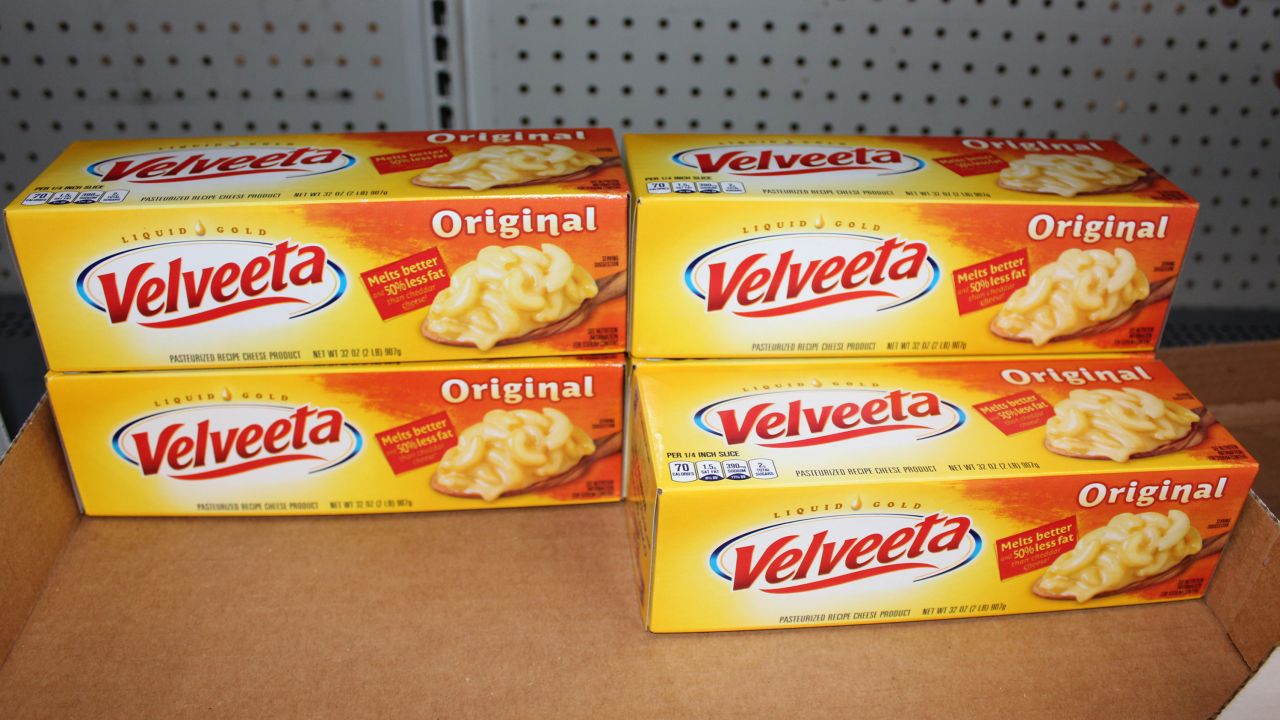
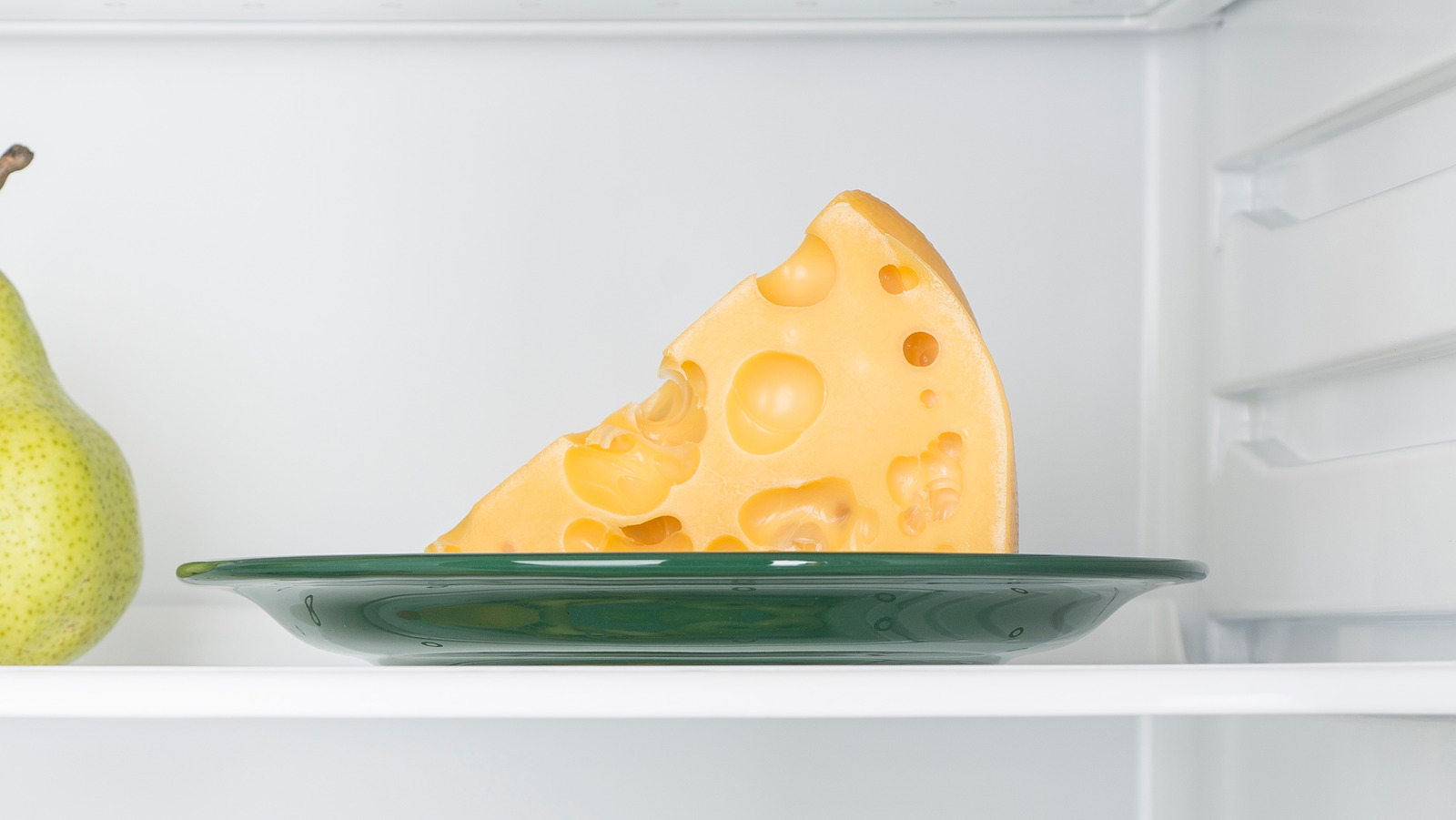
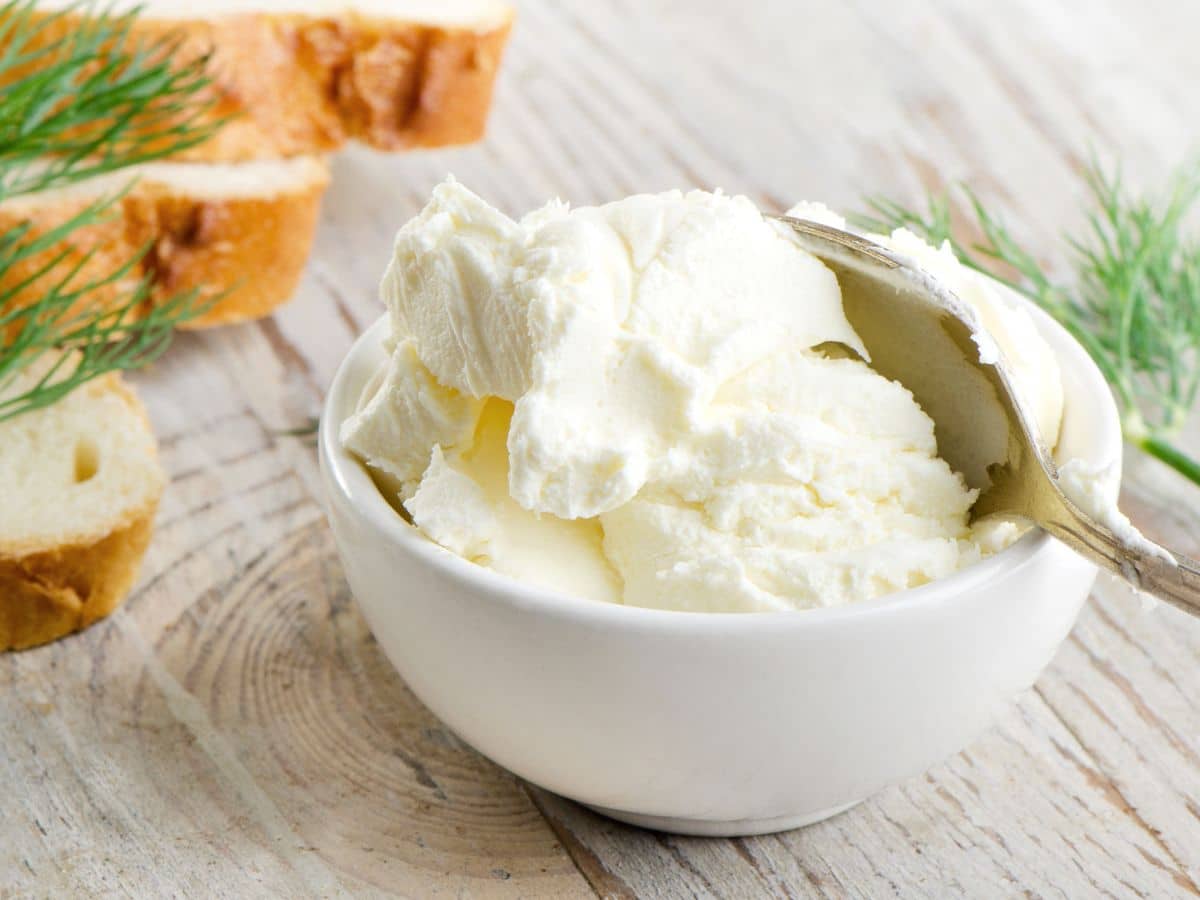
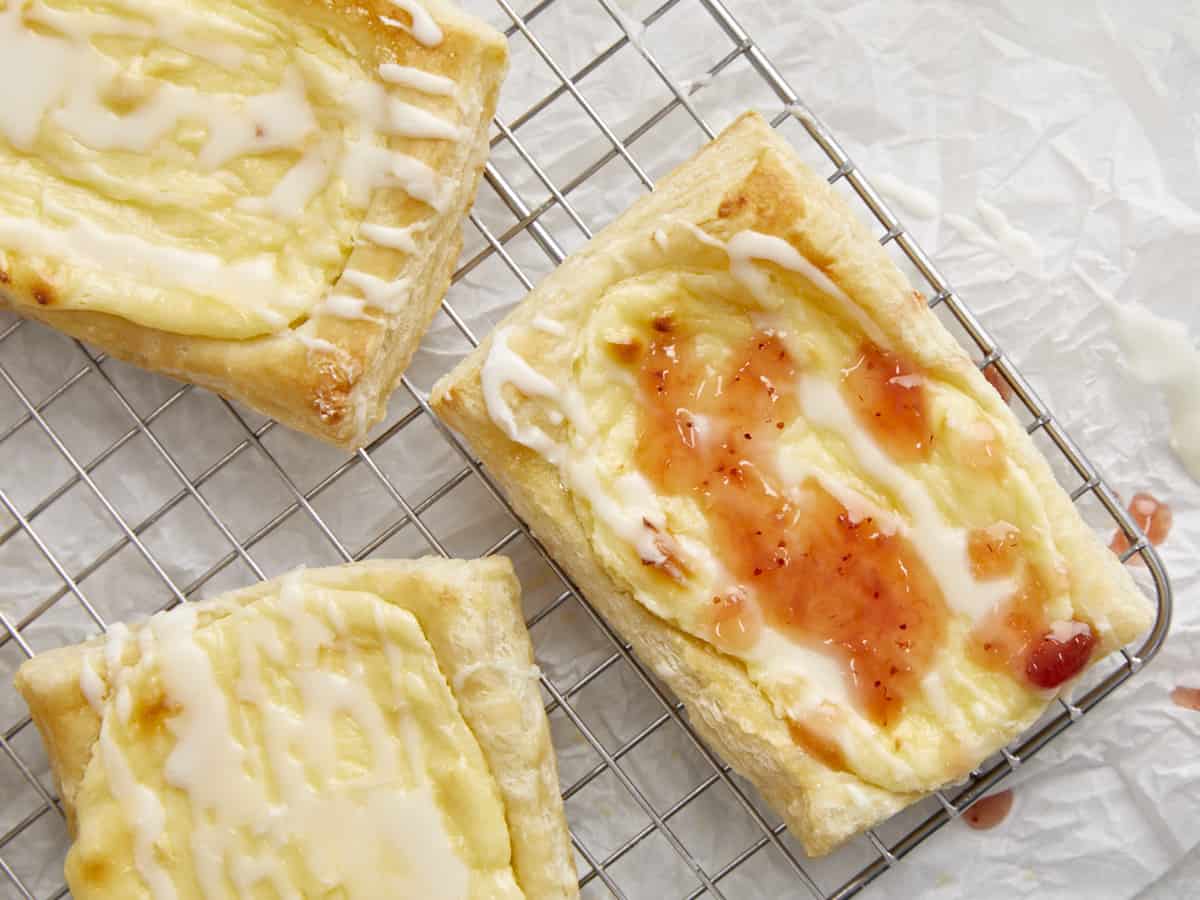

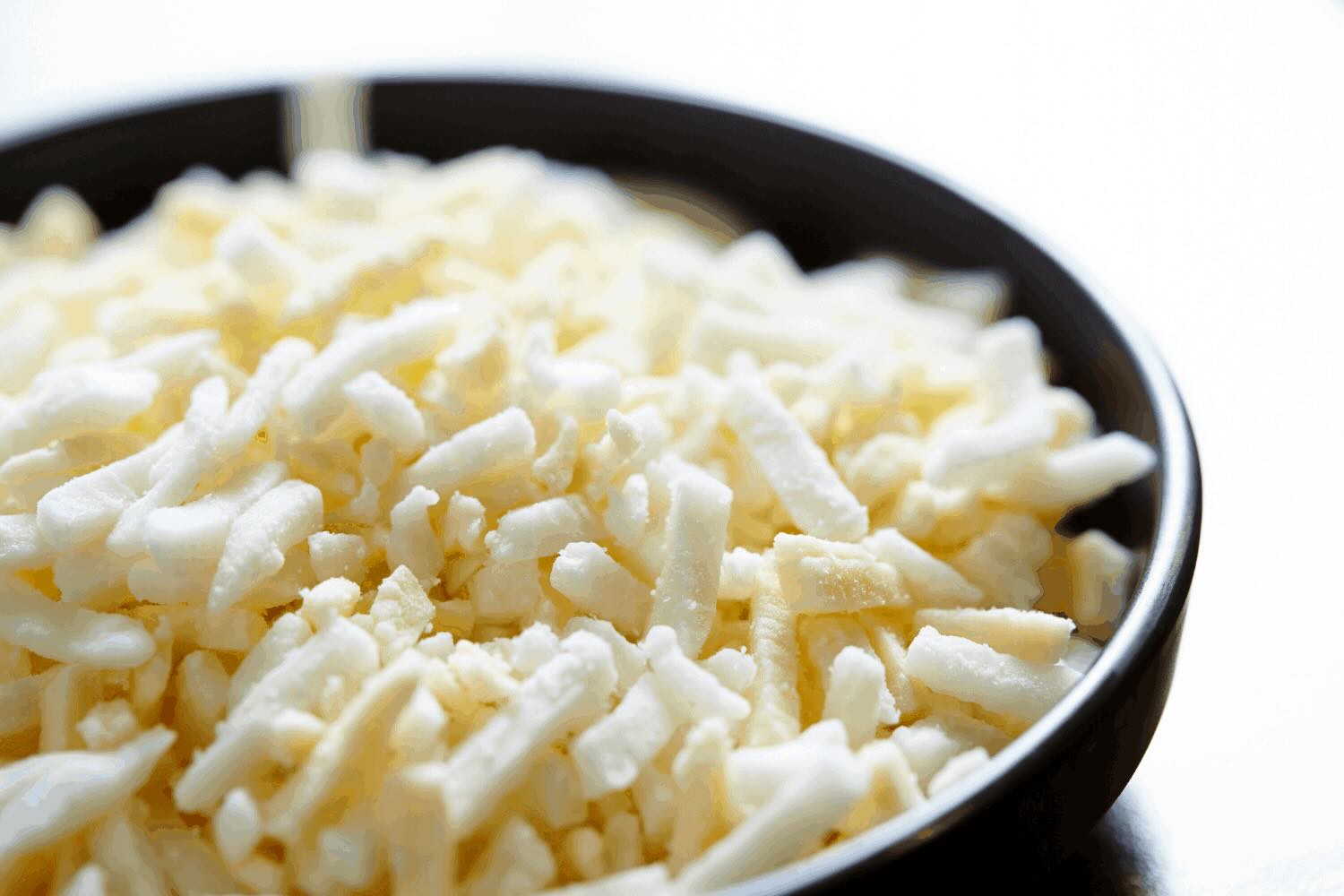

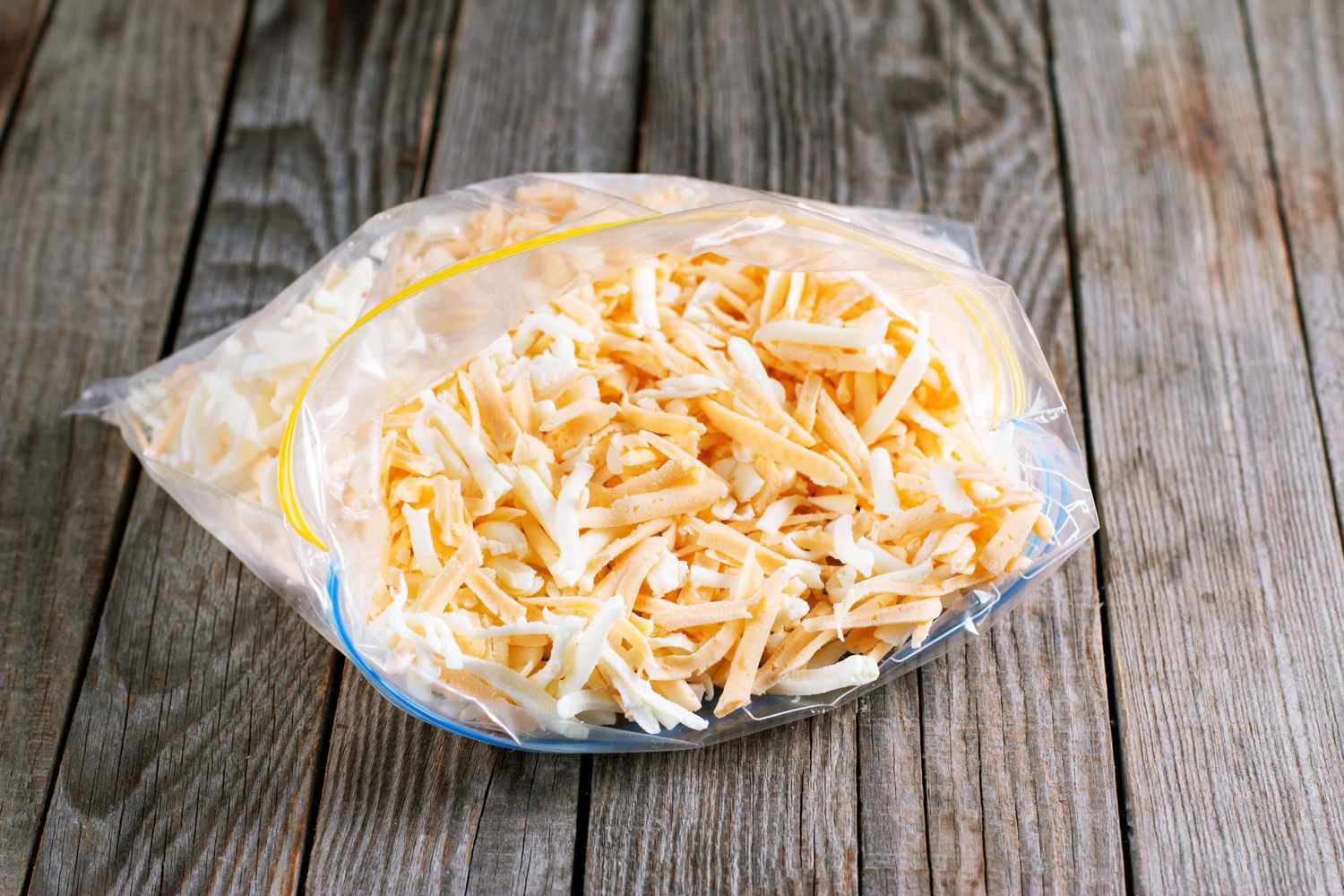
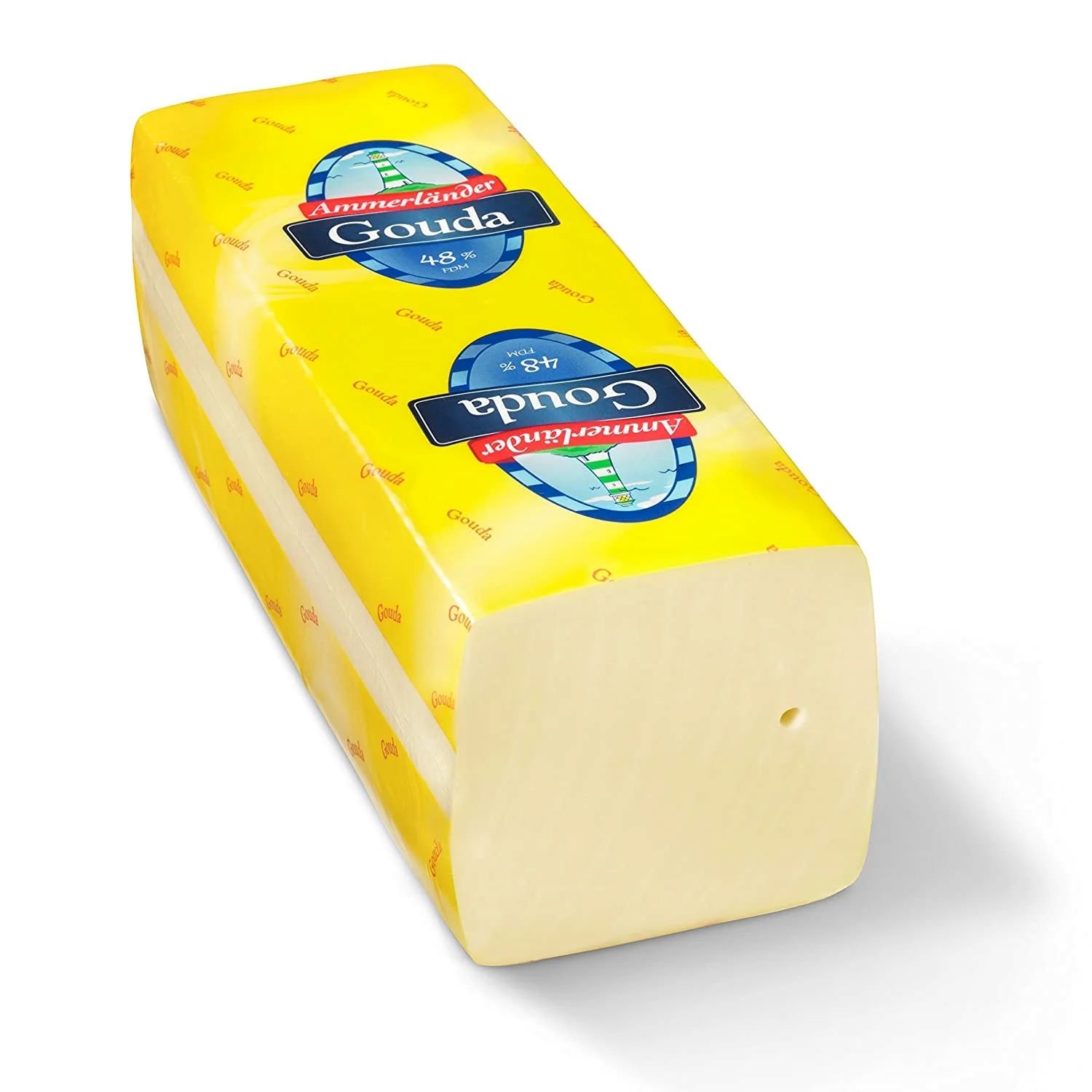

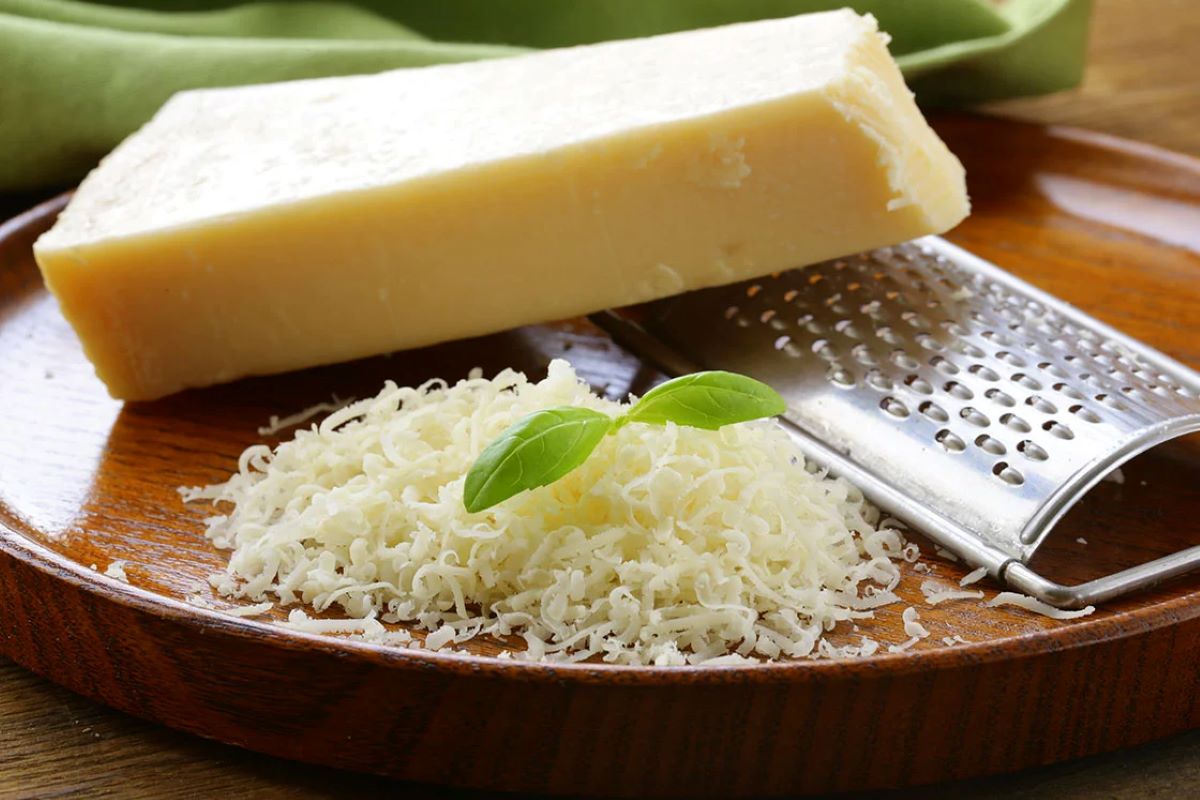

0 thoughts on “How To Store Cotija Cheese”